If you are reading this sentence, it is probably because you wear a perfume every day without knowing how it is made .

You certainly know that a perfume is made up of raw materials... You probably know that your perfume contains alcohol, you may have already heard of "noses" and perhaps even the word "distillation" reminds you of something (we're not talking about your Friday night cocktail). Are you curious to discover all the secrets of the 3 stages of perfume making ? Follow us, we explain how fragrances are born. Welcome to the mysterious world of perfumery...
1. The secrets of raw materials
Let's start at the beginning. For your perfume to smell like roses, lily of the valley or tonka bean, you first need raw materials . These can be natural or synthetic. In broad terms, it looks something like this:
- natural ingredients come directly from plant material (flower petals, leaves, fruits, vegetables , bark, etc.) or from a product of animal origin (such as beeswax for example).
- Synthetic ingredients are, to simplify, odorous molecules obtained via chemical transformation. They can either be created from scratch and obtained solely by chemical reactions, or inspired or derived from nature.
We stop here for the definitions. If you want to become knowledgeable about the differences between natural and synthetic raw materials, we advise you to take a little detour through this article !
The presentations made, let's now move on to the methods of extracting or obtaining these famous raw materials.
Extraction techniques for natural raw materials
There are several methods for transforming natural ingredients into perfumery notes. These different extraction techniques have in common that they lead to the same final result: obtaining odorous molecules without them undergoing chemical transformation.
-
Enfleurage : we start with the oldest extraction technique. This mythical method, which dates back to Antiquity and which was developed in Grasse, consists of imprisoning the flowers in a layer of animal fat - not very vegan this story, we grant you - hot or cold. Because fat, it is well known, tends to retain odors. Think for example of the stick of butter that you left unprotected in your fridge: after a few hours, it will already have a particular taste!

-
The expression : method reserved exclusively for citrus fruits, the expression is - as its name indicates - a method of extraction by pressure. Contrary to what one might believe, it is not the juice that is extracted here, but rather the essence contained in the peel of the citrus fruits! First introduced into a machine called a "pelatrice", the citrus fruits are pressed and their peel pierced with small holes to release their essence - a bit like when you squeeze the skin of your tangerine and it releases a little spritz of perfume . The resulting mixture then passes through a “centrifuge” in order to separate the fruit juice (the watery part) from the zest essence (the oily part). The advantage of this method is that it does not involve heating the citrus fruit, which guarantees an ultra-realistic smell .

-
Distillation : the principle of this method is to extract the perfume using water vapor. Placed in a still filled with water, the plants are heated to high temperature. The water vapor thus produced rises, and carries with it the odorous molecules into the distillation pipe. On contact with the wall of this pipe, the vapor loaded with odorous molecules cools and condenses - it becomes liquid again, if you prefer. The water will then naturally separate from the odorous molecules whose density is greater, thus making it possible to isolate the essential oil. Distillation is well suited to ingredients such as rose, ylang-ylang and orange blossom for example. And yes, it also goes very well with your gin and tonic...

-
Extraction with volatile solvent : this method follows the same principle as distillation, with the difference that the plants are here mixed with a solvent (for example hexane), several times in a row. The solvent thus captures a maximum of odorous molecules. It is then heated: after evaporation, we obtain what we call concrete, a very odorous waxy material. This concrete is then mixed with alcohol, filtered and purified to obtain the absolute. Today, it is mainly used for fragile flowers that cannot withstand the high temperatures of distillation: for example, jasmine or tuberose.
-
Supercritical CO2 extraction: unlike volatile solvent extraction, the raw materials are here treated with carbon dioxide (CO2) and at lower temperatures. Contrary to what its name might suggest, this extraction technique is intended to be less polluting and gentler on the plant! Used mainly for raw materials that cannot be processed with traditional techniques - such as spices or ginger for example - CO2 extraction makes it possible to obtain perfume extracts of superior quality, very close to the natural smell of the raw material while being eco-responsible. In short, we take our hats off to him.
Techniques for obtaining synthetic raw materials
This is where it gets complicated. While it is rather simple to talk about natural extraction methods, the techniques for obtaining synthetic molecules are a completely different matter - which may remind you of your high school chemistry classes. At Bastille, don't even be afraid of scientific jargon: put on your chemist's coat, we'll explain it all to you!
The selection of smells to reproduce
The arrival of synthesis in the 19th century marks a major turning point in the world of perfumery. It makes it possible to reproduce odors from nature at a lower cost and more quickly, to broaden the field of possibilities, to offer more creativity to perfumers, to protect animals... In short, let's say it: synthesis has shaken up the perfume industry - and can also scare some people . So how do we get these synthetic ingredients ?
The first step is to select the odorous molecules that we wish to recreate to compose a perfume. To do this, several methods are available to chemists:
-
Splitting : imagine a natural smell of which you only appreciate part. For example, a magnificent patchouli which carries a little earthy side that is not always pleasant... Fractionation is the solution: it allows the different constituents of an essence to be separated, by isolating the interesting chemical bodies and removing those considered useless. Here, we are not yet really talking about synthetic molecules but about isolate : it is still a natural raw material, it has simply been re-shaped to retain only the useful facets.
-
The head space technique: developed in the 1970s, this technique aims to reconstitute “in vivo” (within living organisms) all the odorous molecules of a raw material - it allows us to obtain, in a way, its map of olfactory identity. This process makes it possible to reconstitute the odors of raw materials that are difficult to extract, such as fruits, for example, or to make so-called “mute” flowers speak (such as lily of the valley or honeysuckle) whose yield is too low or the olfactory rendering after natural extraction is disappointing. Even more incredible, this method also allows you to analyze and capture any smells - like that of the beach, the mountains or the €10 note lying around in your pocket... We let you imagine what smell you would like to capture!
How do you create a “head space”? The raw material is placed under a glass bell filled with a neutral gas which is charged with odorous molecules. The collected gas is then analyzed using techniques. Or thanks to chromatography, which makes it possible to precisely identify the odorous molecules that make up the smell in question - technology which is also commonly used to identify and copy the composition of perfumes on the market. Or using mass spectrometry or carbon-13 NMR. We'll spare you the technical details, but whatever the case: these techniques make it possible to establish the olfactory identity of the treated raw materials.
 Today, several perfume companies have patented head space technologies, each with their own little secrets. Among them, we find IFF with the Living Flower. Invented in 1985, this process made it possible to capture the smell emitted by a rose sent into space... Original, right? Embarked in October 1998 aboard the Discovery space mission, the rose called “Overnight Scentsation” developed more floral notes, very different from those it had on earth.
Today, several perfume companies have patented head space technologies, each with their own little secrets. Among them, we find IFF with the Living Flower. Invented in 1985, this process made it possible to capture the smell emitted by a rose sent into space... Original, right? Embarked in October 1998 aboard the Discovery space mission, the rose called “Overnight Scentsation” developed more floral notes, very different from those it had on earth.
Reproduction of molecules
Once the molecules have been identified or isolated, chemists can then reproduce them in the laboratory. There are three methods for this:
- Either we completely recreate the odors from one or more chemical reactions: this is what we call total synthesis . The resulting products are called “identical nature”. In other words, they are carbon copies of what we can smell in nature... but reconstituted in the laboratory. What purpose ? If you've been following along, synthetic molecules are generally created to replicate odors that are difficult to extract naturally or because they are also, many of them, cheaper to produce synthetically.
- Either by synthesizing odorous molecules isolated from their natural structure, to modify their smell. In this case, we speak of semi-synthesis. The challenge of this product is to give the targeted molecule odorous properties that it did not have thanks to slight synthetic modifications.
- Third possibility - and we promise we'll stop there: by creating smells that don't exist in nature and that we can totally imagine. We think in particular of calone, a molecule born in the 90s which evokes marine and iodized scents, or even of ethyl-maltol which gives perfumes this regressive and delicious smell of cooked fruit or caramel. Fun fact, this molecule was originally invented for the food industry. It was Mugler with his Angel perfume who was the first to dare to use it in perfumery! These “invented” smells are therefore not extracted from a plant or a fruit, but come straight from a laboratory. In general, they come from petrochemicals - we grant you, it's a little less glamorous than what the perfume advertisements want to show you.
2. The mysteries of perfume composition
After extracting the natural ingredients and creating the synthetic molecules, it's time for the magic... that is to say , the composition of the perfume !
The person behind the creation of your fragrances is a perfumer, also called a “nose” . To compose, the perfumer has approximately more than 4000 raw materials - 90% of which come from synthesis. To do this, he generally assembles a hundred or more ingredients to create the perfumes that are on your shelves.
Equipped with an extraordinary sense of smell thanks to daily training over several years - you would be surprised by their olfactory memory! -, perfumers combine the different raw materials like an orchestra conductor. This long and complex step requires great attention to detail. They develop, test and create a perfume around a brief given by the brand and their vision of the olfactory pyramid that they seek to achieve: the famous top, heart and base notes.
Creativity, curiosity, memory, precision and patience are the key words of this rare and coveted profession!
At Bastille, our perfumers have great freedom in the creation of our perfumes . We of course send them briefs, but these remain essentially inspiration - a mood board, sensations and some initial ideas for materials, rather than ready-made instructions. This guarantees creative scents, which you won't smell on everyone! Discover them here:
3. From concentrate to bottle: the hidden side of your perfume
Maturation of the concentrate
Before being diluted in alcohol, the concentrate - which is none other than the mixture of fragrant raw materials created by the perfumer - is weighed and goes to the maturation stage. The perfume concentrate will rest for a few weeks in large vats in order to encourage chemical interactions and synergies between the olfactory notes. In other words, this step gives the odorous molecules the opportunity to express themselves among themselves in order to obtain a harmonious concentrate .
Putting in alcohol
After the rest comes the stage of putting into alcohol . This step is important because alcohol does several things:
-
The alcohol distills the concentrate : it allows you to obtain what we call “ juice ”, or more simply, what you call “my perfume”. This step is used to determine the nature of the creation: an eau de Cologne, an eau de toilette, an eau de parfum or even a perfume extract. Depending on the share of concentrate in the final juice, we do not create the same product!
-
Alcohol is essential to fix the concentrate and enhance the odors previously worked on by the perfumer: particularly suitable for perfumery because it is very volatile, it evaporates quickly enough to let the odorous molecules develop quietly on your skin.
-
Finally, alcohol is an excellent preservative : it is in fact thanks to it that your perfume lasts after opening!
NB: of course, alcohol helps preserve your favorite perfume but that is no reason to leave it lying around a window in summer. Your perfume is alive, and if you want to enjoy it as long as possible: read this article which explains how to preserve it!
 “ Is that gin you put in there?” We are exaggerating but this question is interesting. Well, you can imagine that the alcohol present in your fragrance is not the one you find at the local supermarket... In fact, the alcohol used in the creation of your fragrances is odorless and above all denatured - otherwise said, undrinkable.
“ Is that gin you put in there?” We are exaggerating but this question is interesting. Well, you can imagine that the alcohol present in your fragrance is not the one you find at the local supermarket... In fact, the alcohol used in the creation of your fragrances is odorless and above all denatured - otherwise said, undrinkable.
In conventional perfumery, brands often use synthetic ethanol to dilute concentrates. At Bastille, we have chosen to avoid ethanol created in the laboratory to favor an alcohol of plant origin: organic wheat alcohol , gentle on the planet and on your skin.
Maceration and glazing of the juice
Once the concentrate is diluted, the resulting mixture must macerate for several weeks - generally between 2 and 4 weeks - so that the mixture stabilizes and the alcohol absorbs all the odors. When this result is achieved, we move on to the next step: icing .
This step consists of cooling the juice to around 0°C so that the less soluble substances (for example, natural ingredients such as resins and balsams) which would be likely to cloud the perfume solidify. These solid elements are subsequently eliminated by filtration , to obtain a completely clear and pure juice.
There remains one step - optional - before bottling: that of coloring . Some houses choose to use colorings to tint their juice. If so, this step very often involves the use of UV stabilizers to prevent the color of the juice from changing due to heat or light.
At Bastille, no more stabilizers or any other anti-UV filters. Our juices are never colored , their color is due to the nuances of the natural ingredients that compose them - like Un Deux Trois Soleil, our oriental fragrance, which takes on a beautiful golden yellow thanks to its natural vanilla.
Bottling
 Home stretch: filling the bottles . After having passed all these stages with flying colors, the perfume can finally be bottled and packaged before it can be marketed - and land on your shelves!
Home stretch: filling the bottles . After having passed all these stages with flying colors, the perfume can finally be bottled and packaged before it can be marketed - and land on your shelves!
At Bastille, our perfumes are bottled in Chartres, and our bottles are decorated in Val-de-Marne. Favoring made in France is our way of supporting the local economy and French know-how, while reducing our environmental impact! That's a bit like the rebellious spirit of the house.
As you will have understood, creating a perfume is not an easy task : it requires a lot of know-how, and a certain number of resources. All these steps are part of the answer to the question that many of you are asking: “Why does perfume cost so much?” If you want to find out everything that is hidden behind the cost of a perfume - and a Bastille perfume more precisely -, take a look at our dedicated article !
Well done ! You now know the process of making perfume and have something to shine at your next dinner party. We'll let you tell us in the comments if you have any questions left: read up, get set, go!
------
Sources: Nez , Les Échos , Grazia , Wikipedia , Une nuit nomade , sylvaine-delacourte.com , incibeauty.com , The great book of perfume - Nez éditions
Photos: Unknown








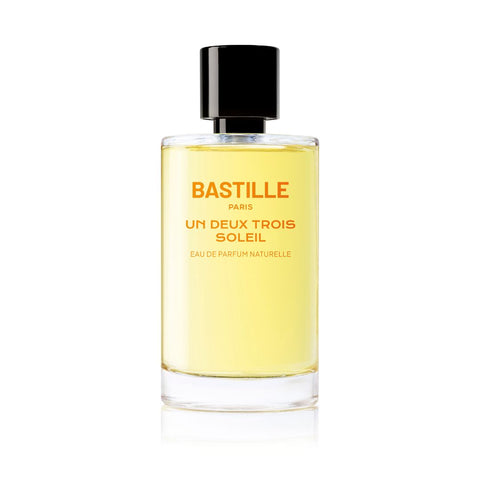



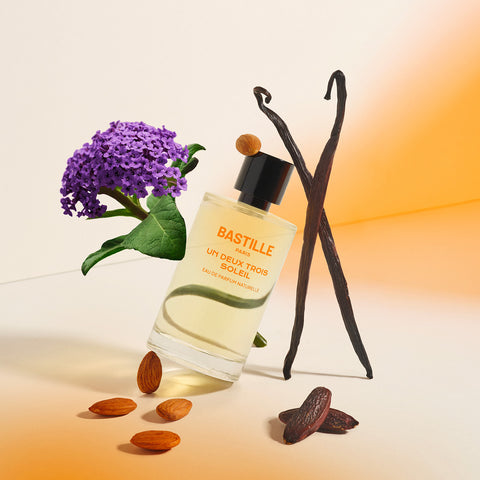
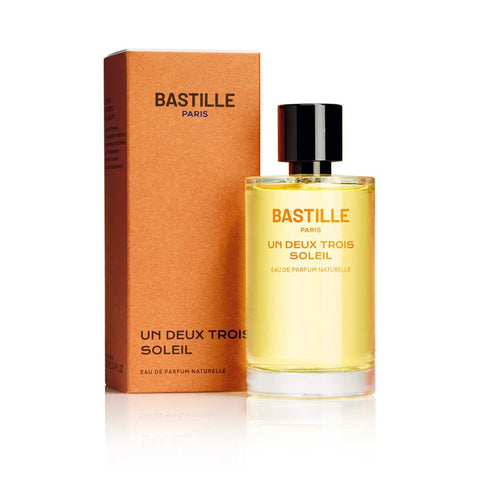
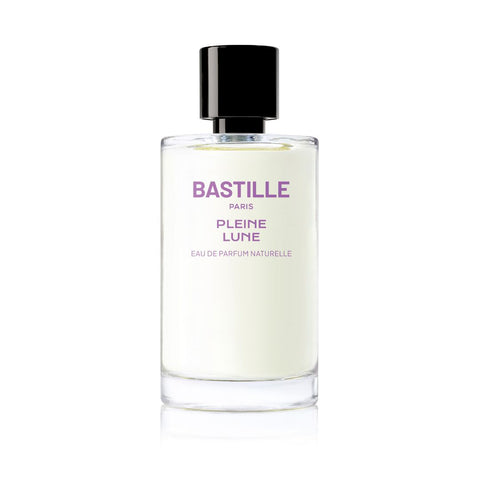
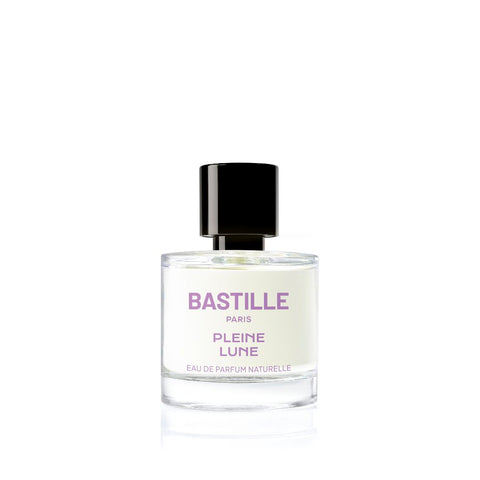
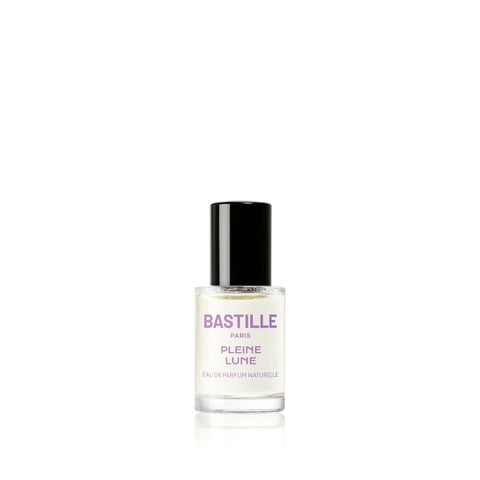
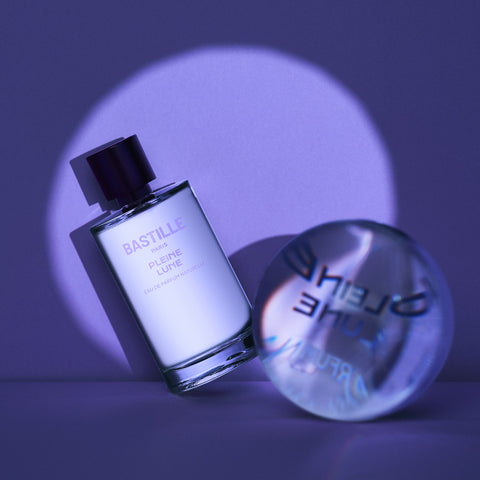
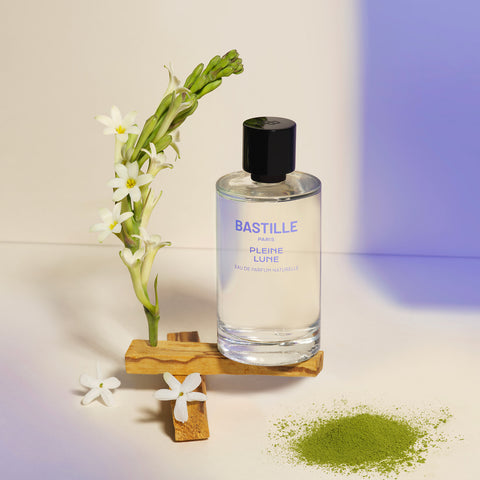
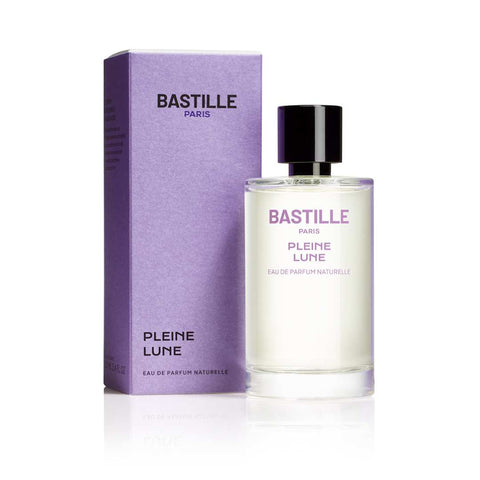

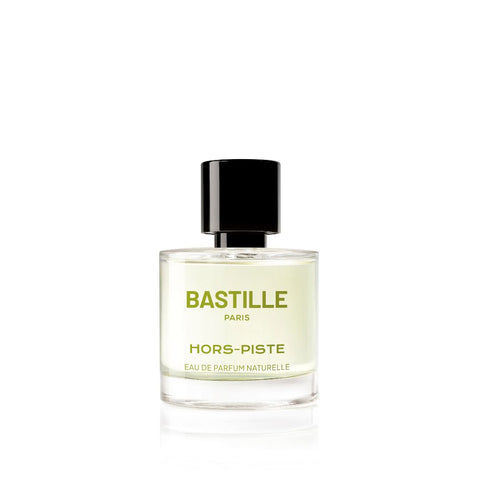

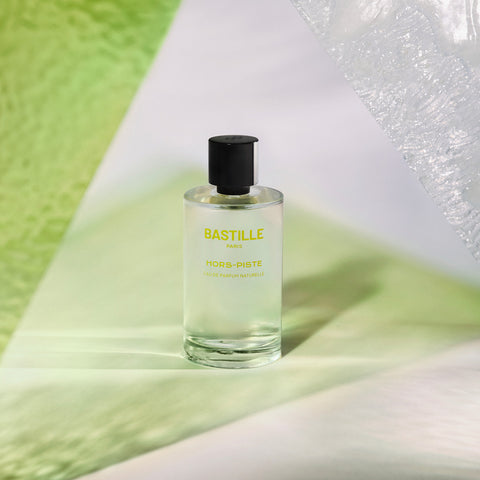

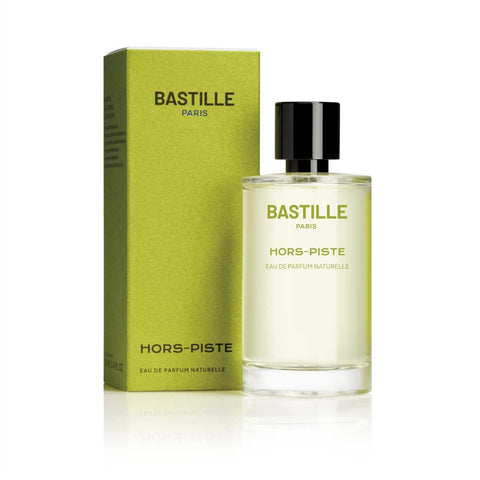

Comments (3)
Je le trouve un article tres interessant pour un nouveau aritisant ,
Qui est l’auteur de cet article car franchement c’est une pépite et j’aimerai lire d’avantages de ses écrits.
Merci pour ce beau travail !
J’ai trouvé votre article intéressant et souhaiterais savoir s’ il est possible de répliquer une odeur telle une bougie parfumée dont j’adore le parfum.
Bien cordialement
V.M